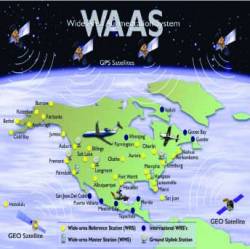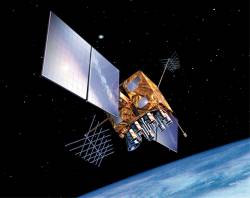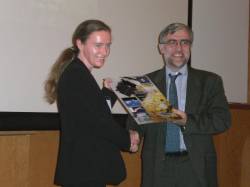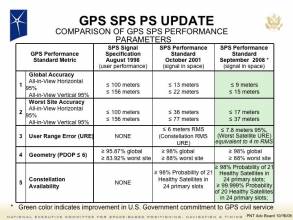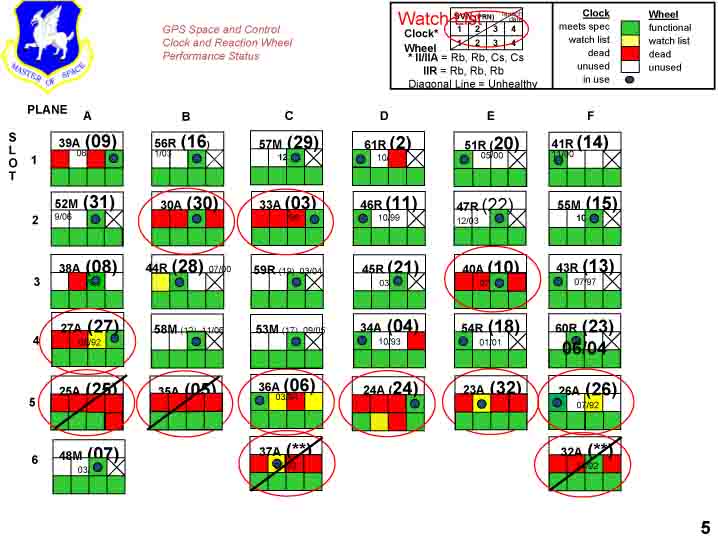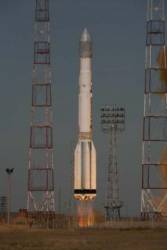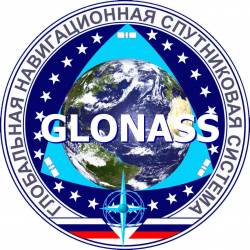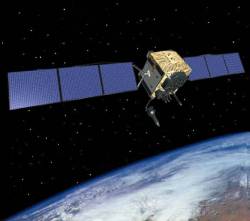August 11, 2008
The Boeing Company will use its new “pulse line” process for assembling satellites to build GPS Block IIF satellites for the U.S. Air Force.
Constructed at the company’s facility in El Segundo, California, the new process is expected to shorten the time needed to build a space vehicle and will eventually be implemented on all Boeing satellite production lines.
For the Block IIFs the new process will reduce the travel distance of a space vehicle from 12,000 feet to 10,000 feet, according to John Duddy, director of GPS programs for Boeing.
Read More >
By Glen Gibbons
